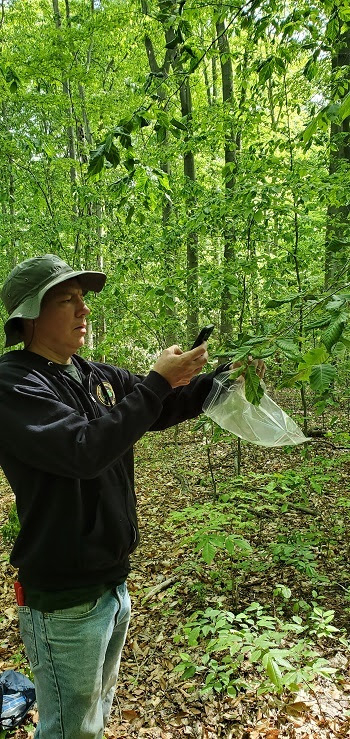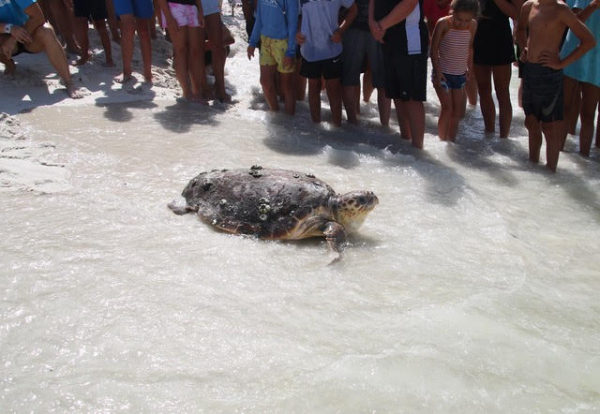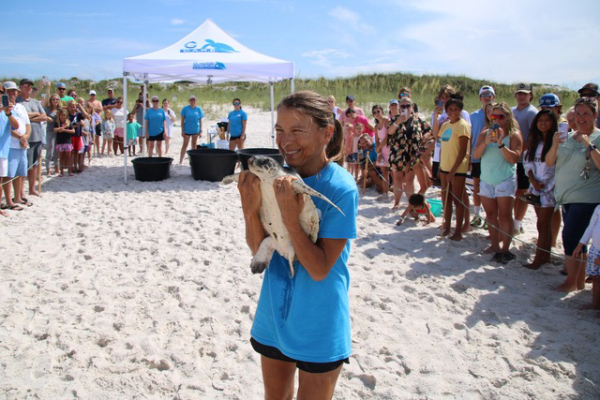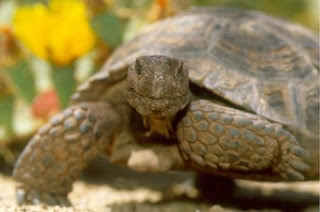Michigan: learn about wild mushrooms, bear hunting, fly fishing and more
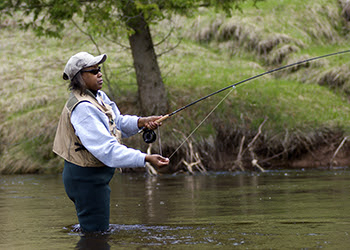
The DNR Outdoor Skills Academy will offer opportunities to learn more about foraging for wild mushrooms, bear hunting and outdoor survival with July classes at the following locations.
Carl T. Johnson Hunting and Fishing Center in Cadillac
- Wild Mushroom Clinic, July 10
Learn how to identify a variety of Michigan’s edible wild mushrooms, where to start looking, and proper handling techniques for transport, cleaning, consumption (including some sampling) and home preservation. Cost is $40 and will include lunch. This class will be offered again Aug. 20. - Bush Craft, Survival and Wild Edibles Clinic, July 15-17
In this unique, three-day class, you will learn the basics of what you need to survive if you ever find yourself stranded in the outdoors, including some wilderness first aid; how to safely prepare water for drinking; how to identify animal tracks and scat; plants you can gather as wild edibles and for medicinal uses, and which plants to avoid; how to safely start a fire without matches; how to shoot a bow and arrow; and more. - Bear Hunting Clinic, July 30 and July 31
Students will learn the ins and outs of bear hunting with experienced hunters and knowledgeable DNR educators. The class will cover habitat, gear, stand placement, baiting, rules and regulations, carcass care, and hide care.
Wolf Lake State Fish Hatchery Visitor Center in Mattawan
- Fly Fishing 101, July 22-23
Learn the fundamentals of fly fishing in this two-day class. Topics covered include knots, casting, fly tying, stream etiquette, catch and release, stream dynamics, macroinvertebrates, reading the water, and presentation. On Saturday afternoon, participants will head to local waters to bring it all together and catch some fish. Loaner gear is available. - Damsels Fly: Fly Fishing for Women, July 30
For women who are new to fly fishing, this all-day workshop will teach participants enough of the basics to get out fly fishing with confidence. Topics covered include gear, rods and reels, casting, knot tying, macroinvertebrates, where to fish/reading the water and more. No equipment is needed to participate.
The DNR Outdoor Skills Academy offers in-depth, expert instruction, gear and hands-on learning for a range of outdoor activities at locations around the state. Learn more at Michigan.gov/OutdoorSkills.


